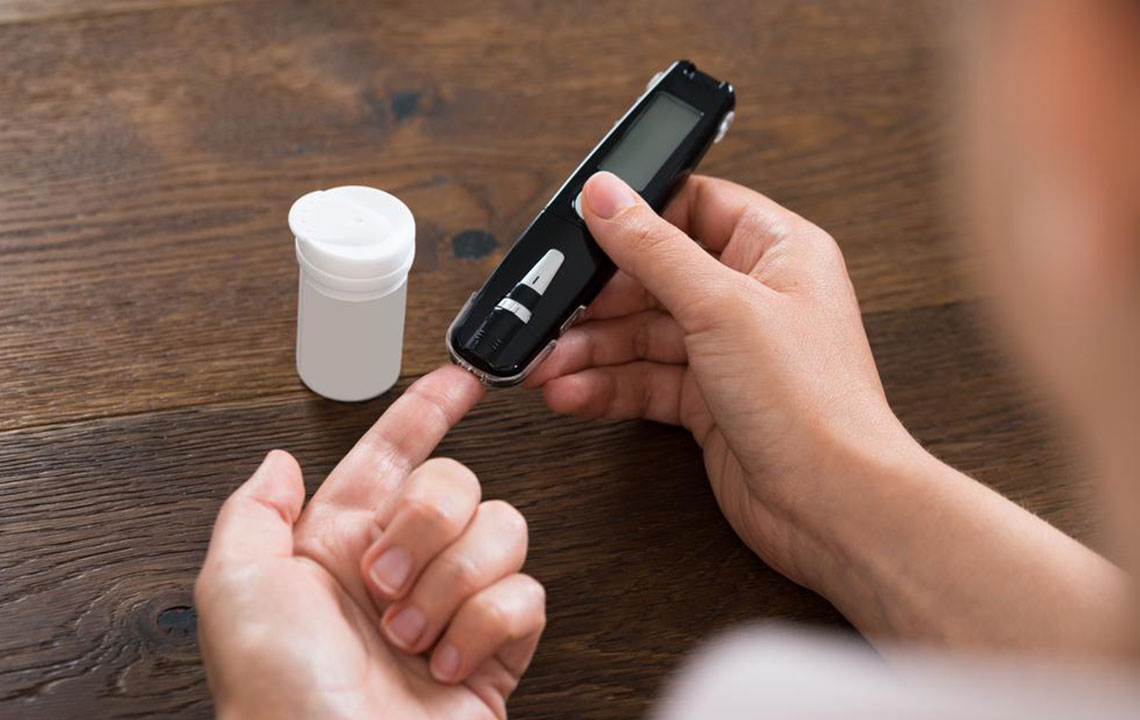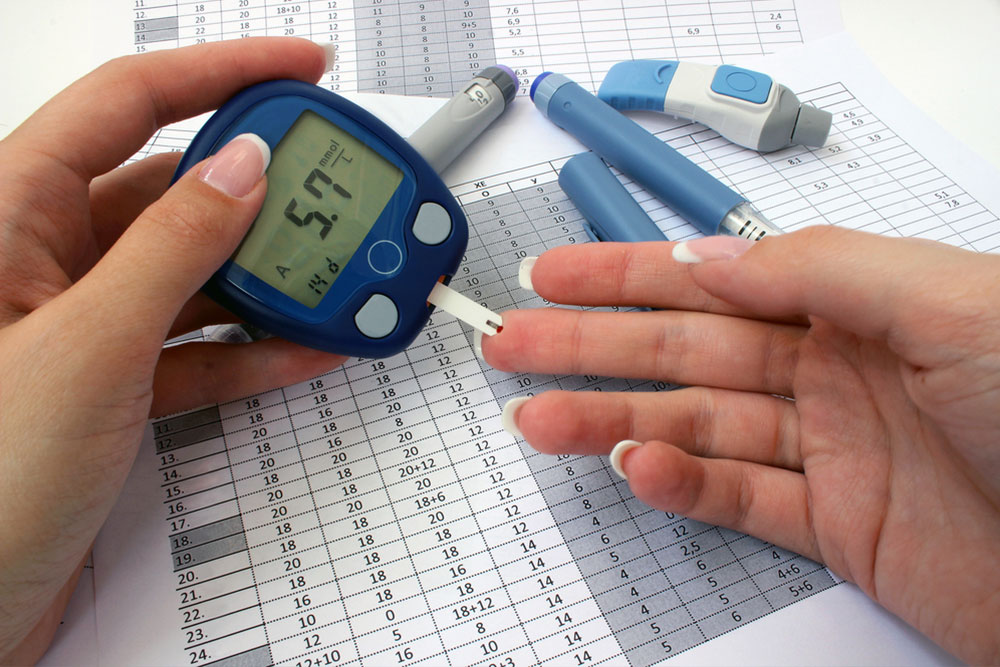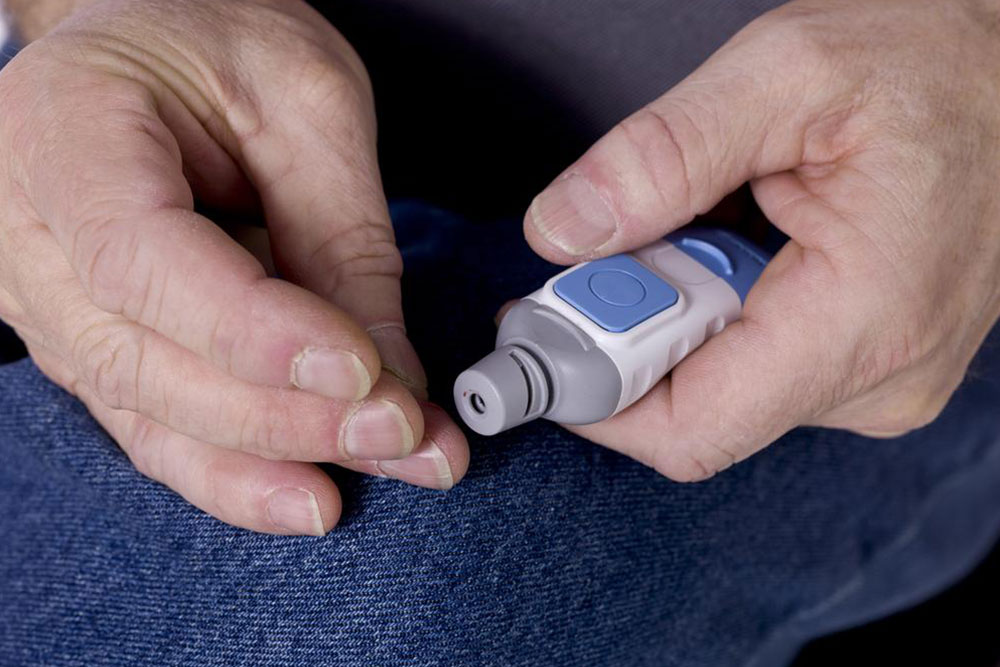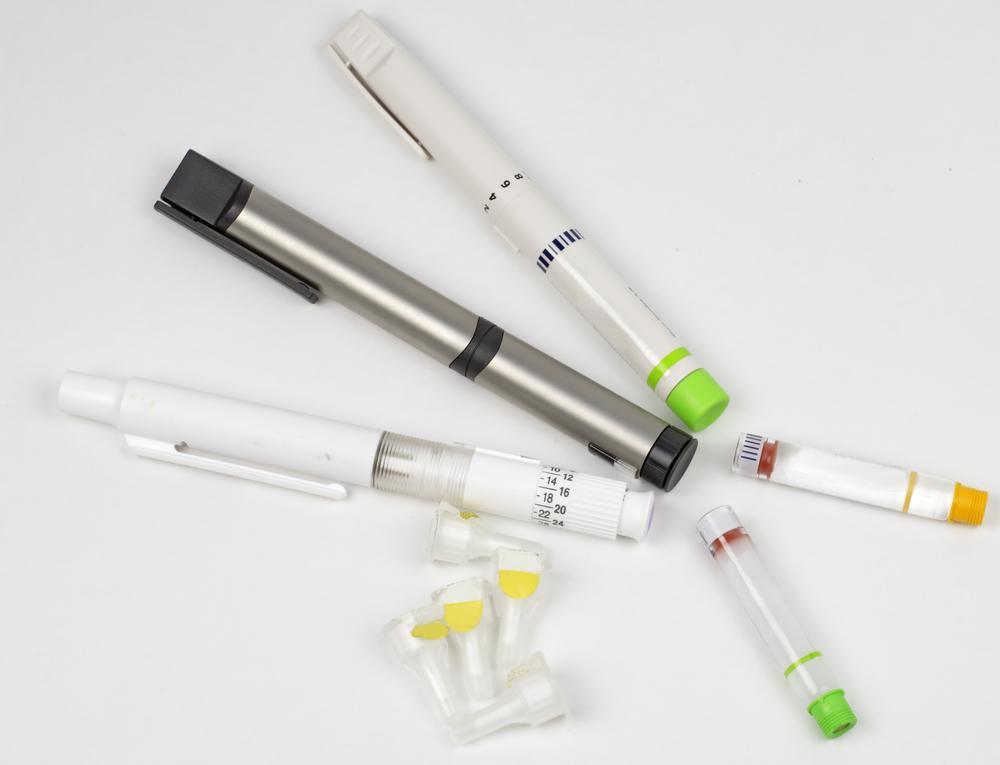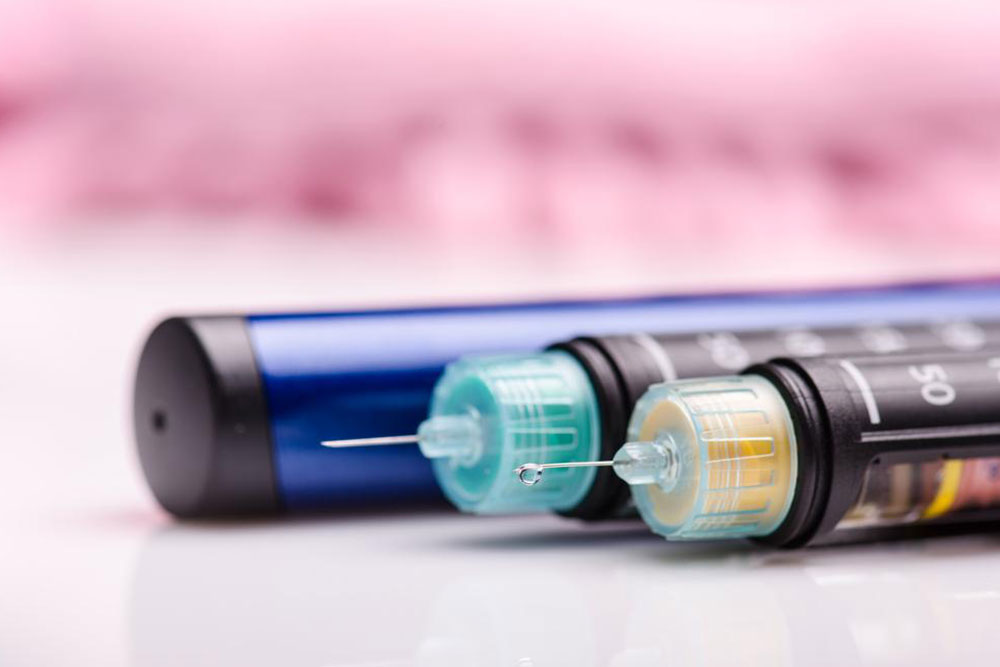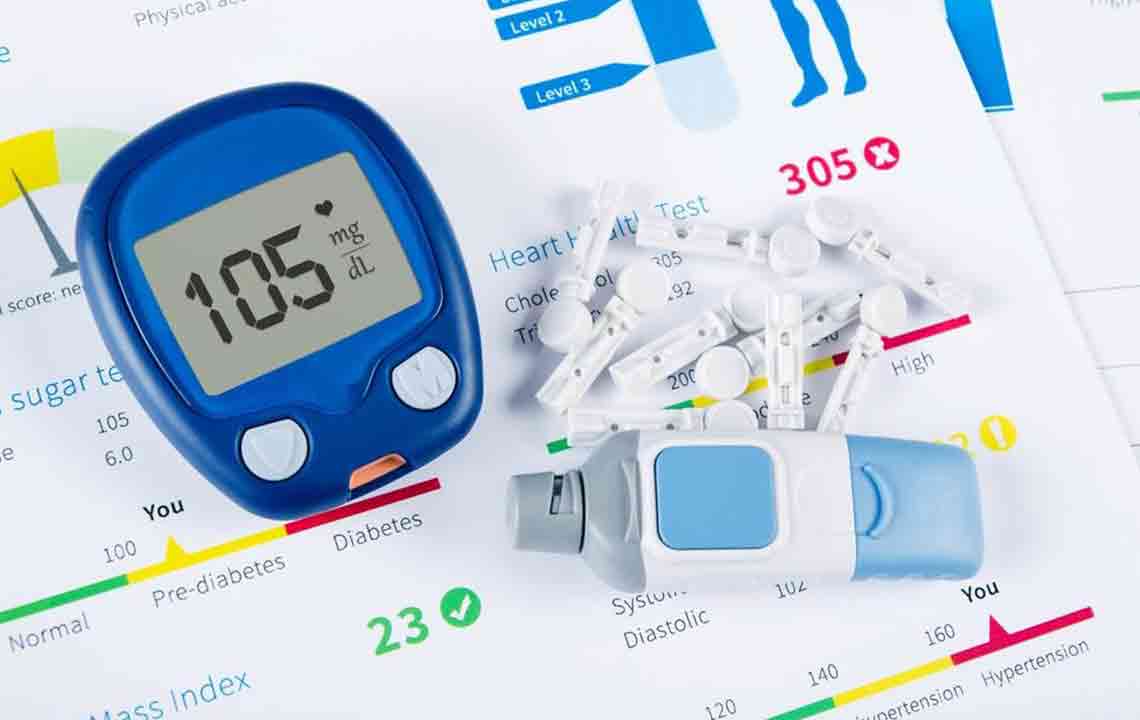Essential Facts About Blood Glucose Testing Devices
This article covers essential information about blood glucose testing devices, emphasizing their importance for diabetes management. It explains what a glucose monitoring kit includes, how to use it correctly, and tips for accurate results. Regular testing helps prevent complications, making these devices vital for maintaining health. The piece also offers usage precautions and storage advice, encouraging consistent monitoring despite costs. Ideal for diabetics, the article underscores the role of these kits in early detection and ongoing health management, promoting a safer lifestyle.
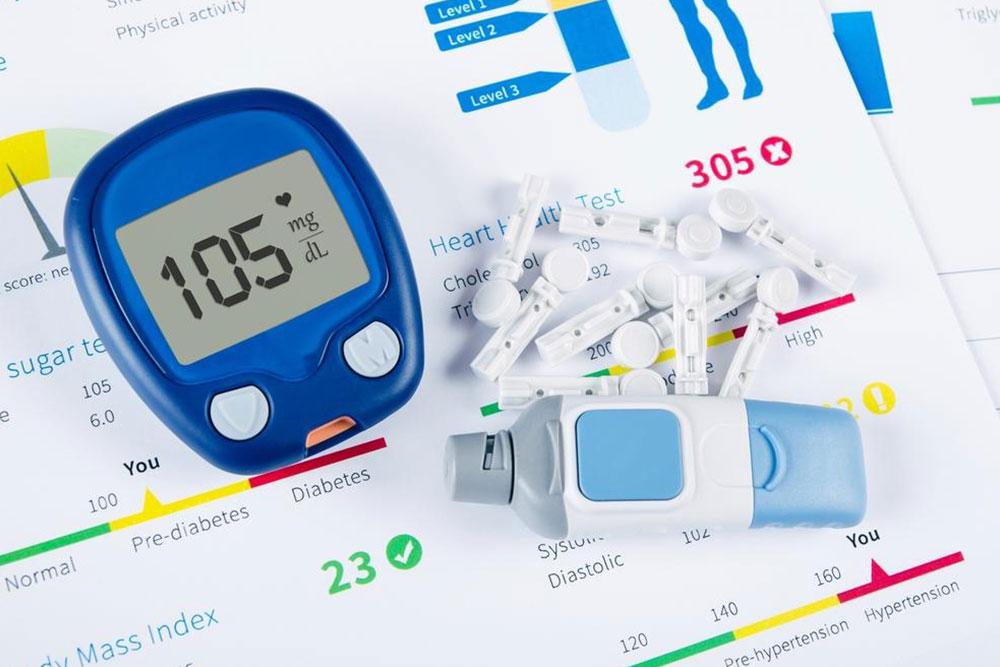
Essential Facts About Blood Glucose Testing Devices
Managing diabetes effectively depends heavily on regular blood sugar monitoring. Diabetes is a long-term condition marked by irregular blood glucose levels, leading to various health issues. Although a cure remains elusive, consistent testing with a glucose monitoring kit helps maintain a healthy lifestyle and offers valuable insight into your body's condition. These kits are vital tools for diabetics to track their sugar levels and prevent complications.
What is a glucose monitoring kit?
A typical kit includes a glucometer and test strips. Using a lancing device, you obtain a small blood sample from your fingertip and place it on the test strip.
Insert the test strip into the glucometer and wait for the result. Testing is most accurate when done before meals, usually in the morning. Frequency is flexible, but health professionals often recommend testing on an empty stomach, every other day.
Proper usage tips for regular testing include:
Avoid sharing your lancing device to prevent the spread of infections and ensure test result accuracy.
Only use test strips once; reusing them can cause inaccurate readings and infection risks.
Store test strips in their original, sealed packaging to maintain their sterility and reliability.
While these kits may seem costly, they are essential in preventing health emergencies related to uncontrolled blood sugar levels.
Note:
The information on this site offers helpful insights across various health topics. While research-based, it shouldn't replace professional medical advice. Users should verify data independently and consult healthcare providers for personalized guidance. Our content aims to inform, but is not responsible for discrepancies or missed offers in the market.


